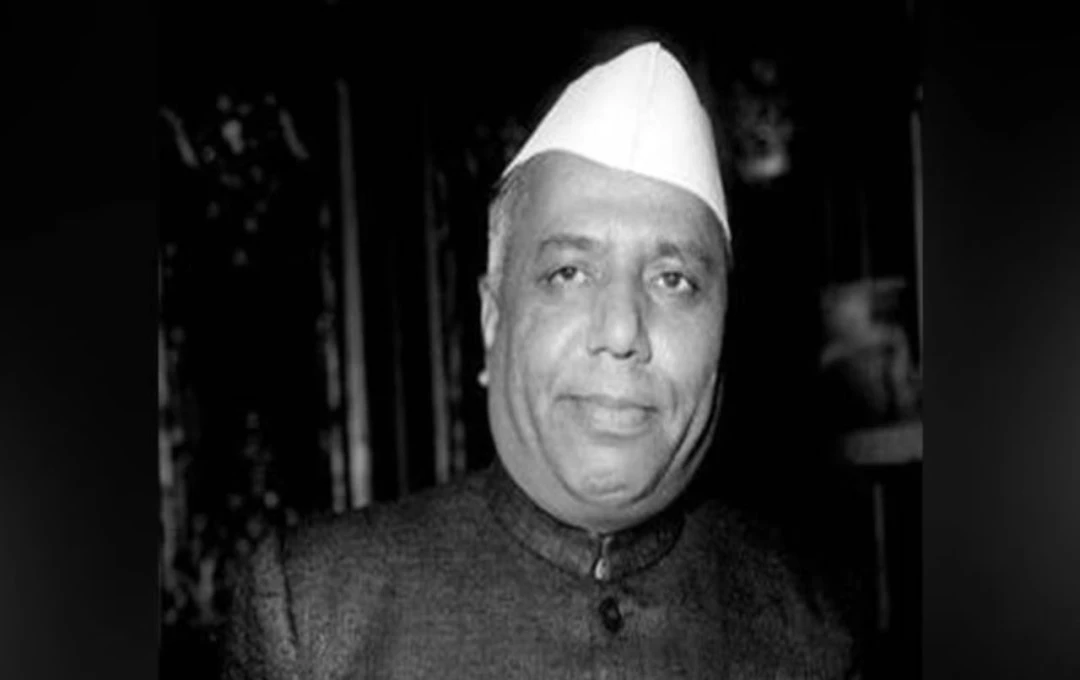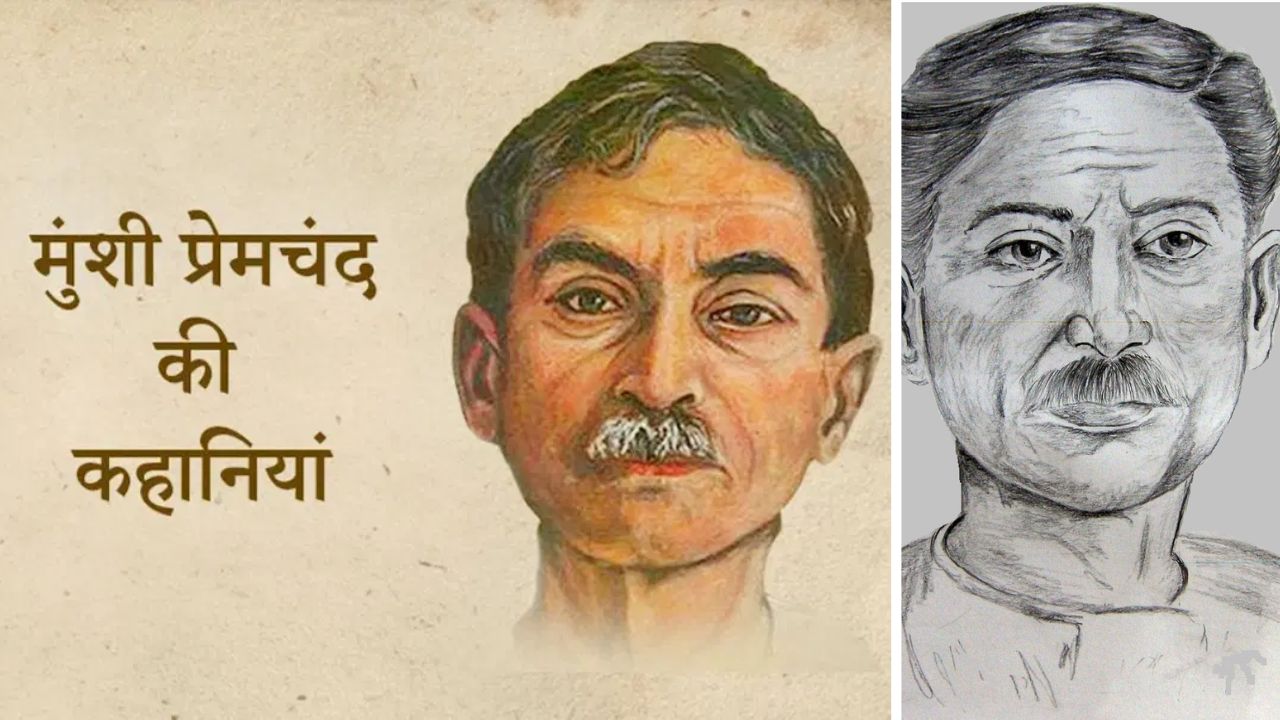The story "The White Dove" is about a soldier's journey home and his struggles. It's not only a tale of a soldier's patriotism and bravery but also portrays the mental and emotional conflict a person experiences returning to their family and society after war. The story holds profound meanings, prompting readers to contemplate various aspects of life.
The Soldier's Return: Initial Feelings of Homecoming
The story begins with a soldier returning home after a long absence from his family, spent during wartime. After eight years, he walks towards his village, his old knapsack in hand, the dream of returning home finally within reach. However, upon nearing the village, he realizes much has changed. His village and family are not as he remembers.
The soldier's knapsack is shown to contain more than just war supplies; it symbolizes his identity, his hard work, and struggles. Returning home, he reflects that everything he's done was for his family and country. His return is marked by an internal conflict; he questions whether he'll be the same person he once was or if he must become someone new.
The Wife's Playful Demeanor: Intimacy and Peace in Family Relationships
Upon arriving home, his wife embraces him, playfully teasing him about bringing his old knapsack. Observing his reaction, she recognizes he remains the same soldier, yet senses a transformation within him. Her playful manner reflects her love and affection. She understands the war has taken its toll, but desires him to find peace and love at home.
This scene highlights the profound truth of family and relationships. Although the war has changed the soldier, his wife's playful nature and her gaze hold the same love and attraction. It shows the deep peace and hope inherent in the feeling of returning home and family.

The Changing Village: The Impact of Time and Mental Struggle
Returning home, the soldier finds his village altered. The old house is newly whitewashed, trees have grown taller, and the surroundings are different. This change evokes deep disappointment. He realizes time has transformed his family and village, leaving him feeling like a stranger.
This transformation intensifies the soldier's internal conflict. He realizes nothing remains static—including himself. His return is anything but ordinary. War has profoundly changed him physically and mentally, and now he struggles to adapt to his old home and relationships.
Fear and Despair in the Soldier's Mind: Post-Return Struggles
A crucial turning point arrives when the soldier confronts fear and despair upon returning home. He feels alone and helpless. His life is irrevocably different post-war. He realizes he no longer feels the same ease within his family and relationships. He enters his home like a stranger, sensing change everywhere.
Amidst this transformation, the soldier understands the war altered him not just physically but mentally. The easy familiarity with his family is gone. He feels mentally shallow and fragmented, his very existence reshaped.
The Child's Arrival and Identity Crisis: A New Understanding of Emotions
Upon returning, the soldier struggles to recognize his child. Initially believing it's his son, he realizes time has passed and the child has grown. He then questions whether the child recognizes him. For a moment, even the child hesitates, unsure of his identity.
This scene depicts a profound emotional conflict, highlighting the soldier's realization that his family and life are no longer the same. It shows how relationships and identities change over time, leaving him struggling to reconnect with his family as if a stranger.

The Symbolism of the White Dove: Peace and Hope
The story concludes with a significant symbol: a white dove, representing peace and hope. Sighting a white dove near his home, the soldier senses his journey's end is near. The dove's flight symbolizes a movement towards peace.
However, the dove's flight also makes him consider his next steps. Will he embrace peace and love or carry the war's despair? The dove symbolizes hope for peace, but also implies that achieving stability and peace in his life won't be easy.
Emotional Impact and Lessons of the Story
"The White Dove" depicts profound reflection and mental conflict. Returning home after war is not merely a physical journey for the soldier but a mental and emotional one. He grapples with issues related to his family, home, and past. The story conveys that much changes over time, and we must strive to balance our past and present.
This story teaches us that internal struggles are often more difficult than external conflicts. Accepting the changes life brings through war, transformation, and the passage of time, and moving towards peace can be challenging. Yet, we must continue our journey in search of hope and peace.
"The White Dove" makes us understand the importance of accepting change, conflict, and mental strain in life. It depicts a soldier's mental and emotional journey as he seeks peace and love upon returning home. His journey teaches us that over time, we must re-evaluate our identities and relationships, striving towards hope and peace despite difficulties.










